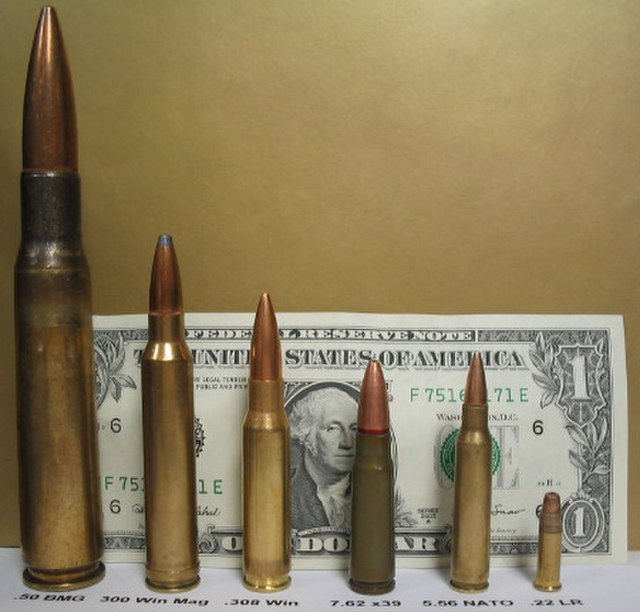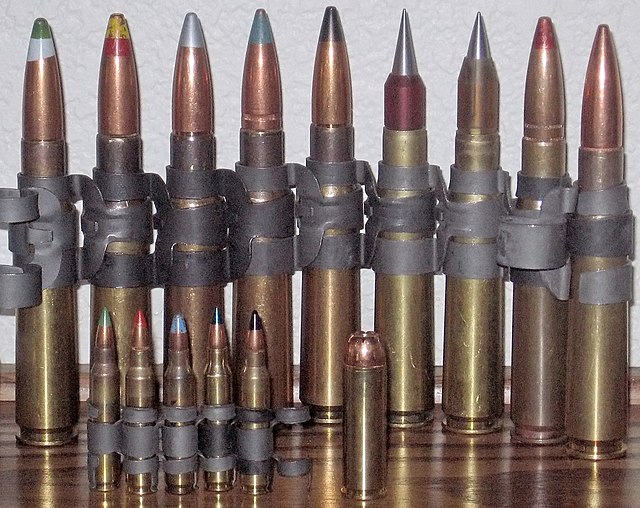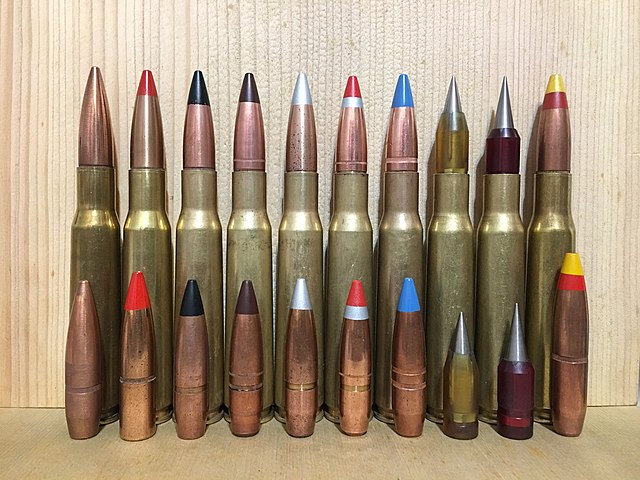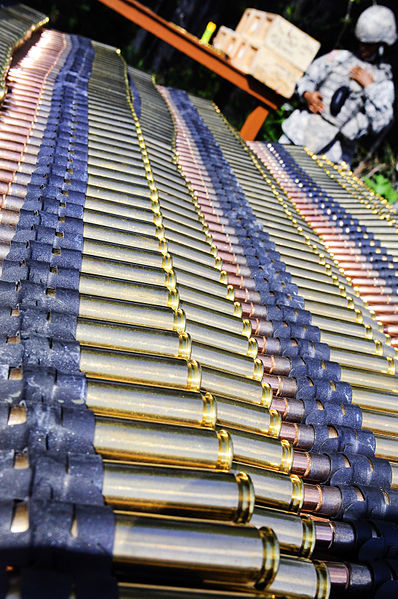The Hécate II is the standard heavy sniper rifle and anti-materiel rifle of the French Army, sometimes known as the FR-12.7. It is manufactured by PGM Précision of France. This is the largest weapon manufactured by PGM, chambered for the .50 BMG cartridge. The name of the rifle is derived from the ancient Greek goddess Hecate.
The PGM Hécate II
Snipers of the 2nd Foreign Parachute Regiment section de tireurs d'élite (Sniper) France deploying a PGM Hécate II and FR F2 in Afghanistan
A PGM Hécate II with its standard issue scope in the French military, the Scrome LTE J10 F1
The .50 BMG, also known as 12.7×99mm NATO, and designated as the 50 Browning by the C.I.P., is a .50 in (12.7 mm) caliber cartridge developed for the M2 Browning heavy machine gun in the late 1910s, entering official service in 1921. Under STANAG 4383, it is a standard service cartridge for NATO forces, as well as many non-NATO countries. The cartridge itself has been made in many variants: multiple generations of regular ball, tracer, armor-piercing (AP), incendiary, and saboted sub-caliber rounds. The rounds intended for machine guns are made into a continuous ammunition belt using metallic links.
From left: .50 BMG, .300 Win Mag, .308 Winchester, 7.62×39mm, 5.56×45mm NATO, .22 Long Rifle
Left to right, rear: green/gray tip Raufoss Mk 211 HEIAP (high-explosive incendiary armor-piercing) yellow/red tip (M48 spotter) silver tip (M8 armor-piercing incendiary) light blue tip (M20 incendiary) black tip (M2 armor piercing) silver tip/red sabot (M962 SLAP-T) silver tip/amber sabot (M903 SLAP) red tip (M17 tracer) unpainted copper (M33 ball) Front row are 5.56×45mm NATO and .500 S&W Magnum, for size comparison
.50 BMG rounds and projectiles. Left to right: M2 ball M1 tracer M2 armor piercing M17 tracer M8 armor piercing incendiary M20 armor piercing incendiary tracer M1 incendiary M903 SLAP M962 SLAP-T XM156 spotter tracer
M9 links in use







